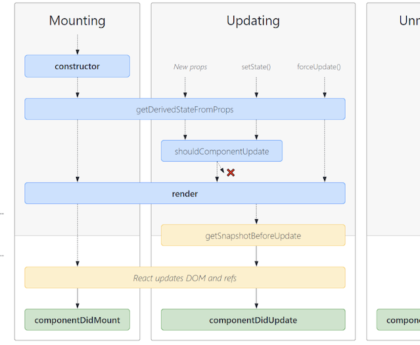SEO, or Search Engine Optimization, is the practice of optimizing your website and its content to improve its visibility and ranking in search engine results pages (SERPs). The primary goal of SEO is to increase organic (non-paid) traffic to your website by making it more appealing and relevant to search engines like Google, Bing, and Yahoo. Here are some key SEO best practices to help you improve your website’s SEO:
Keyword Research:
- Start by conducting keyword research to identify the terms and phrases that your target audience is using to search for content related to your website. Tools like Google Keyword Planner, SEMrush, and Ahrefs can help with this.
Quality Content:
- Create high-quality, informative, and valuable content that meets the needs of your target audience. Content should be well-researched, well-written, and free of spelling and grammatical errors.
Keyword Optimization:
- Incorporate your target keywords naturally into your content, including in the title, headings, body text, and meta tags (title tag and meta description). Avoid keyword stuffing, which can lead to penalties from search engines.
Mobile-Friendly Design:
- Ensure your website is mobile-responsive and provides a good user experience on smartphones and tablets. Mobile-friendliness is a ranking factor for Google.
Page Speed Optimization:
- Optimize your website’s load times. Faster-loading pages provide a better user experience and can lead to higher rankings. Use tools like Google PageSpeed Insights to identify and fix speed issues.
Optimize Images and Multimedia:
- Compress and optimize images and other multimedia elements to reduce page load times. Use descriptive alt text for images to improve accessibility and SEO.
User-Friendly URL Structure:
- Create clean and descriptive URLs that convey the content of the page. Avoid long, cryptic URLs with unnecessary parameters.
Internal Linking:
- Use internal links to connect related content within your website. This helps search engines understand your site’s structure and hierarchy.
External Linking:
- Link to reputable and relevant external websites when it makes sense. This can improve the credibility and authority of your content.
Schema Markup (Structured Data):
- Implement schema markup to provide search engines with structured data about your content. This can lead to rich snippets and enhanced search results.
Regularly Update Content:
- Keep your website’s content fresh by regularly updating and adding new content. Fresh content is more likely to be crawled and indexed by search engines.
Secure Website (HTTPS):
- Secure your website with HTTPS. Google considers HTTPS a ranking signal, and it helps protect user data.
XML Sitemap:
- Create an XML sitemap and submit it to search engines to help them discover and index your website’s pages more efficiently.
Monitor and Analyze:
- Use tools like Google Analytics and Google Search Console to monitor your website’s performance, track traffic, and identify areas for improvement.
Backlinks (Quality and Quantity):
- Build high-quality backlinks from reputable websites in your industry. Focus on earning natural backlinks through great content and outreach efforts.
Local SEO (for Local Businesses):
- If you have a local business, optimize for local search by claiming your Google My Business listing and ensuring consistent NAP (Name, Address, Phone number) information.
Social Media Integration:
- Promote your content on social media platforms to increase visibility and drive traffic to your website.
User Experience (UX):
- Prioritize a positive user experience by having a clear and intuitive website layout, easy navigation, and well-designed landing pages.
Conclusion:
Remember that SEO is an ongoing process, and results may take time to become noticeable. Stay up-to-date with the latest SEO trends and algorithm changes, and continue to refine your SEO strategy based on your website’s performance and user feedback.





